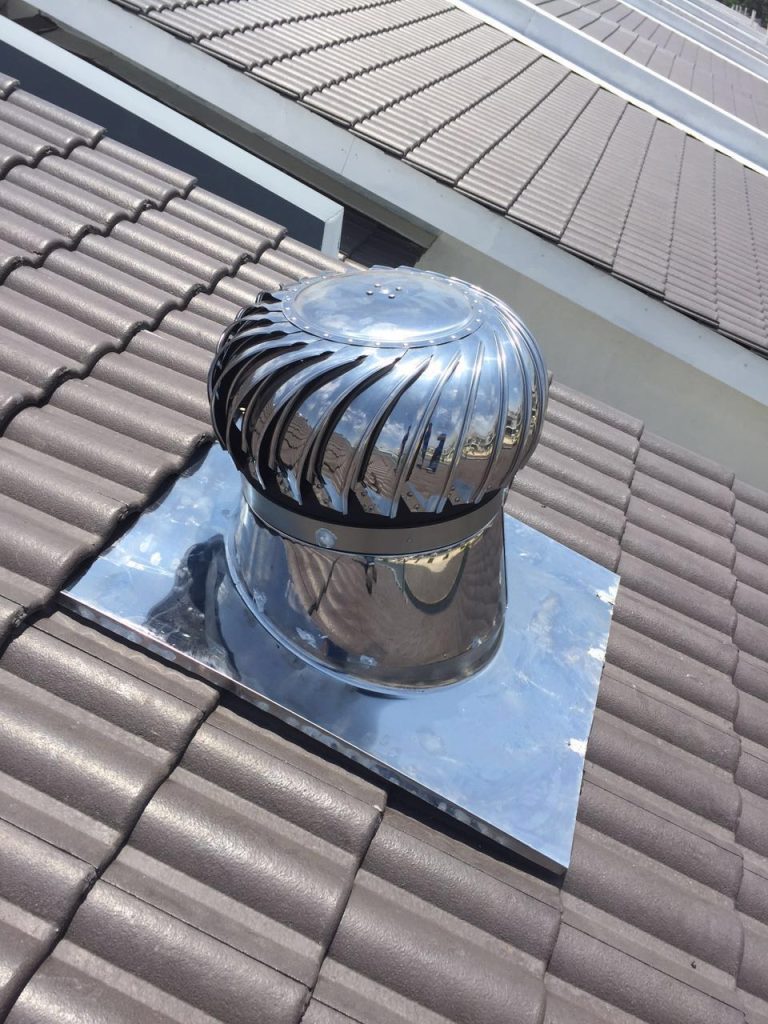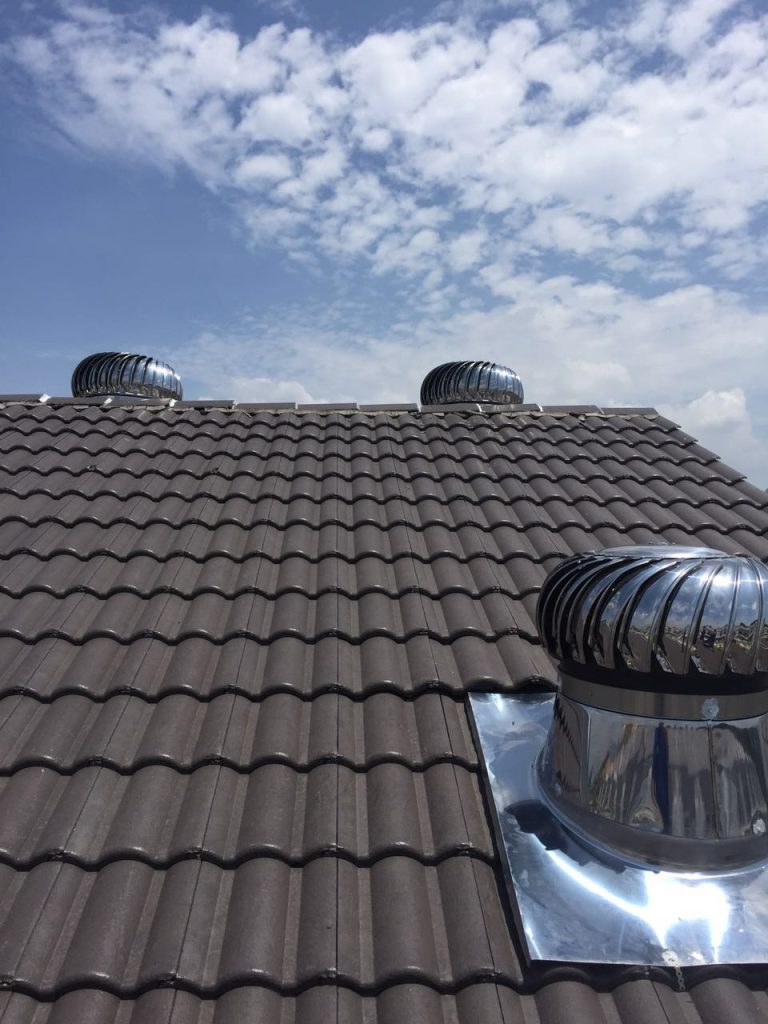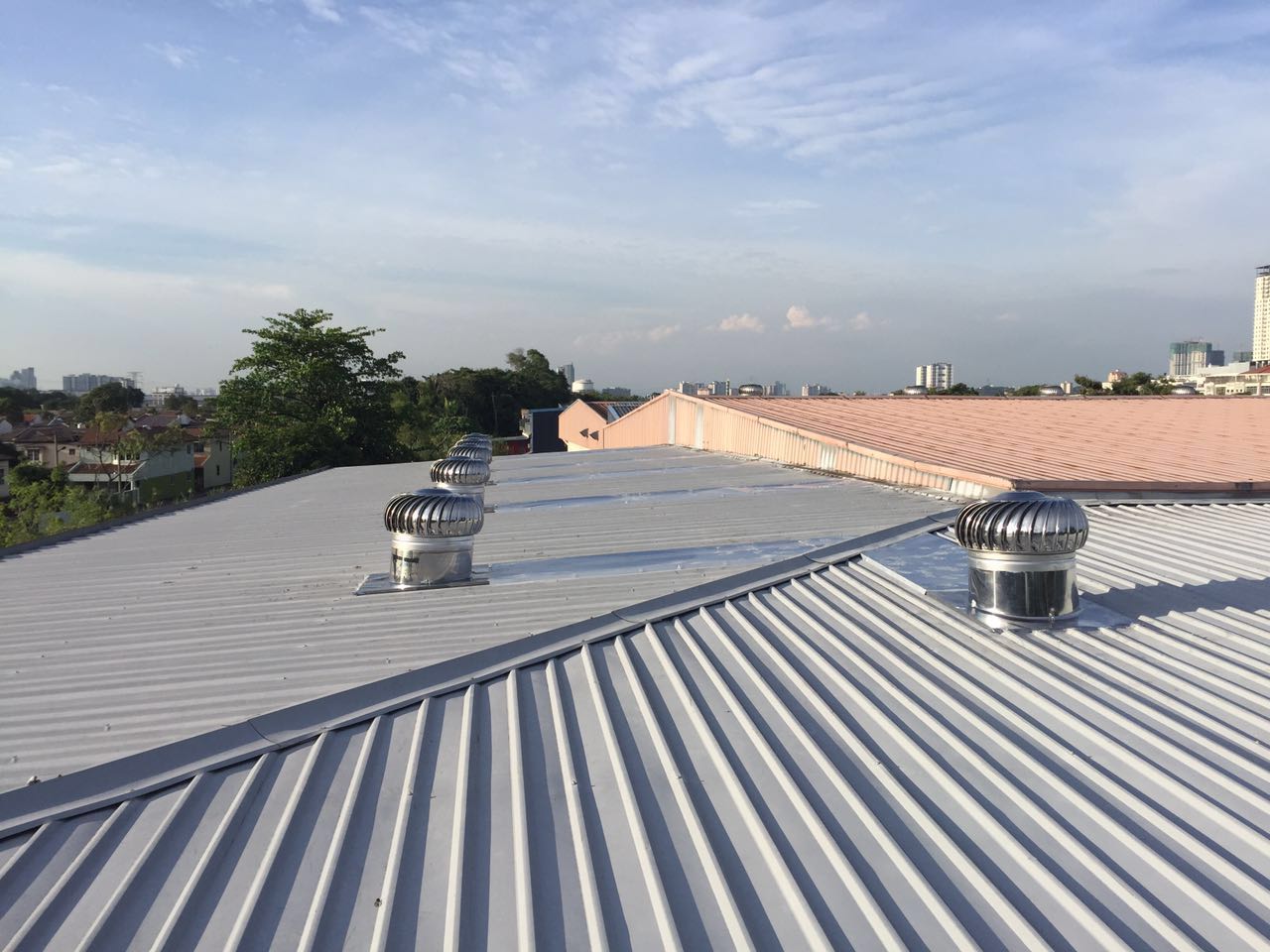Harnessing Fresh Air : The Power of Turbine Ventilator
In the pursuit of better indoor air quality, turbine ventilators have emerged as essential tools for maintaining optimal indoor environments. But what exactly are turbine ventilators, and why are they becoming a staple in modern architecture? Let’s delve into the mechanics, applications, benefits, and even distinguish them from their flat vent counterparts.
What is a Turbine Ventilator?
A turbine ventilator, often referred to as a whirlybird or roof vent, is a simple and efficient device designed to improve indoor air quality and regulate temperature by harnessing the natural power of the wind. It operates on a basic principle: as the wind blows, the turbine ventilator’s vanes or blades spin, creating a low-pressure zone inside the device. This low-pressure zone then draws out stale, hot, or humid air from the enclosed space below and replaces it with fresh outdoor air, creating a continuous flow of ventilation without the need for electricity.

Turbine Ventilator Uses and Applications :
- Industrial Settings:
Turbine ventilators play a vital role in industrial environments where pollutants, fumes, and excess heat need to be efficiently expelled. They are commonly found in factories, manufacturing plants, and workshops, ensuring a constant flow of fresh air and enhancing the overall work environment for employees.
- Industrial Settings:
- Warehouses and Storage Facilities:
Large storage spaces such as warehouses can often become hot and stuffy due to limited ventilation. Turbine ventilators are instrumental in these settings, promoting proper air circulation and preventing the buildup of heat and moisture. This is particularly crucial for preserving the quality of stored goods.
- Warehouses and Storage Facilities:
- Residential Spaces:
In homes, turbine ventilators are installed in attics or roof spaces. They help regulate indoor temperatures, preventing the accumulation of heat during summers. By expelling hot air and ensuring fresh air intake, they create a more comfortable living environment for residents, reducing the reliance on air conditioning systems.
- Residential Spaces:
- Commercial Buildings:
Commercial spaces like shopping malls, restaurants, and offices benefit from turbine ventilators. They maintain a pleasant atmosphere for customers and employees alike, ensuring proper air exchange and preventing the buildup of odors, especially in areas with high foot traffic.
- Commercial Buildings:
- Agricultural Structures:
In agricultural settings, such as barns and poultry farms, ventilation is crucial for maintaining the health and well-being of animals. Turbine ventilators help in removing stale air, excess humidity, and foul odors, contributing to a healthier environment and optimal growth conditions for livestock.
- Agricultural Structures:
- Educational Institutions:
Schools and universities utilize turbine ventilators to enhance indoor air quality in classrooms, gymnasiums, and auditoriums. Proper ventilation creates a conducive environment for learning and physical activities, ensuring the well-being of both students and educators.
- Educational Institutions:
- Public Spaces:
Turbine ventilators are also found in public buildings like community centers, libraries, and healthcare facilities. By promoting fresh air circulation, they create a more inviting atmosphere, enhancing the overall experience for visitors and occupants.
In essence, turbine ventilators find diverse applications in a wide range of settings. Their ability to provide natural, efficient, and cost-effective ventilation makes them indispensable in creating healthier, more comfortable spaces for people, animals, and goods. Whether in industrial complexes, residential homes, or public institutions, turbine ventilators play a crucial role in ensuring optimal indoor air quality and promoting a sustainable, eco-friendly approach to ventilation.


What are the Benefits of Turbine Ventilator?
- Energy Efficiency: Turbine ventilators operate entirely on wind energy, eliminating the need for electricity. This energy-efficient approach reduces dependence on power sources, leading to significant cost savings on utility bills while promoting environmental sustainability.
- Improved Indoor Air Quality: By constantly expelling stale air and pollutants, turbine ventilators ensure a continuous flow of fresh outdoor air into indoor spaces. This natural ventilation helps in reducing indoor air pollution, providing occupants with clean and healthier air to breathe.
- Enhanced Comfort: Turbine ventilators prevent the buildup of heat and moisture in enclosed spaces, creating a comfortable indoor environment. By regulating temperatures, they reduce the need for air conditioning, contributing to a cooler atmosphere and increasing overall comfort levels.
- Moisture Control: Excess moisture can lead to various issues such as mold growth and structural damage. Turbine ventilators effectively remove humidity, preventing these problems and ensuring the longevity of buildings and stored goods.
- Cost-Effectiveness: Due to their simplicity and low maintenance requirements, turbine ventilators offer a cost-effective solution for ventilation needs. Once installed, they operate autonomously, saving both initial installation costs and long-term maintenance expenses.
- Environmental Friendliness: Turbine ventilators are eco-friendly alternatives to traditional ventilation systems that rely on electricity. By harnessing the power of wind, they contribute to a reduction in carbon emissions and overall environmental impact, aligning with sustainable living practices.
- Quiet and Non-Intrusive: Unlike some mechanical ventilation systems, turbine ventilators operate silently. Their unobtrusive design makes them ideal for various settings, ensuring ventilation without causing noise pollution or disturbance to occupants.
- Versatility: Turbine ventilators are versatile and can be installed in a wide range of environments, including industrial spaces, commercial buildings, residential homes, agricultural facilities, and more. Their adaptability makes them suitable for diverse applications.
- Longevity and Durability: Constructed from high-quality materials, turbine ventilators are built to last. Their robust design ensures durability and resilience, even in harsh weather conditions, making them a reliable, long-term ventilation solution.
- Compliance with Building Codes: Turbine ventilators often comply with building codes and regulations related to ventilation. By installing them, property owners can ensure that their buildings meet the necessary standards, promoting the well-being of occupants.

Difference between Turbine Ventilators and Flat Vents
1. Operating Mechanism:
- Turbine Ventilators: Turbine ventilators operate passively, utilizing wind energy to create ventilation. Their spinning blades expel stale air and draw in fresh air naturally, without the need for electricity.
- Flat Vents: Flat vents, often known as exhaust fans, operate using electric motors. They require electricity to function and rely on mechanical fans to expel indoor air. Flat vents are active ventilation systems.
2. Energy Efficiency:
- Turbine Ventilators: Being wind-driven, turbine ventilators are highly energy-efficient. They do not consume electricity, reducing energy costs and environmental impact.
- Flat Vents: Flat vents require electricity to operate, leading to higher energy consumption. They contribute to increased electricity bills and higher overall operational costs.
3. Installation and Maintenance:
- Turbine Ventilators: Turbine ventilators are relatively easy to install and require minimal maintenance. Once installed, they operate autonomously, with little to no ongoing maintenance required.
- Flat Vents: Flat vents are more complex to install due to their electrical components. They need regular maintenance, including checking the fan blades and motor, which can add to maintenance costs over time.
4. Environmental Impact:
- Turbine Ventilators: Turbine ventilators have a minimal environmental impact. They rely on natural wind energy, reducing carbon emissions and promoting sustainable living practices.
- Flat Vents: Flat vents, being electrically powered, contribute to increased electricity demand. This reliance on electricity can have a larger carbon footprint, especially if the electricity source is not renewable.
5. Cost:
- Turbine Ventilators: Turbine ventilators have lower operational costs over the long term due to their energy efficiency and minimal maintenance requirements.
- Flat Vents: Flat vents tend to have higher operational costs due to electricity consumption and regular maintenance needs, making them costlier to operate and maintain.
6. Versatility:
- Turbine Ventilators: Turbine ventilators are versatile and can be installed in various settings, including industrial, commercial, and residential spaces. They adapt well to different environments and roof types.
- Flat Vents: Flat vents are often limited in their application and may not be suitable for all roof configurations or building types.
In Conclusion, Turbine ventilators and flat vents differ significantly in their operating mechanisms, energy efficiency, installation complexity, environmental impact, costs, and versatility. Turbine ventilators stand out as energy-efficient, eco-friendly, and low-maintenance ventilation solutions, making them a preferred choice for many applications.

